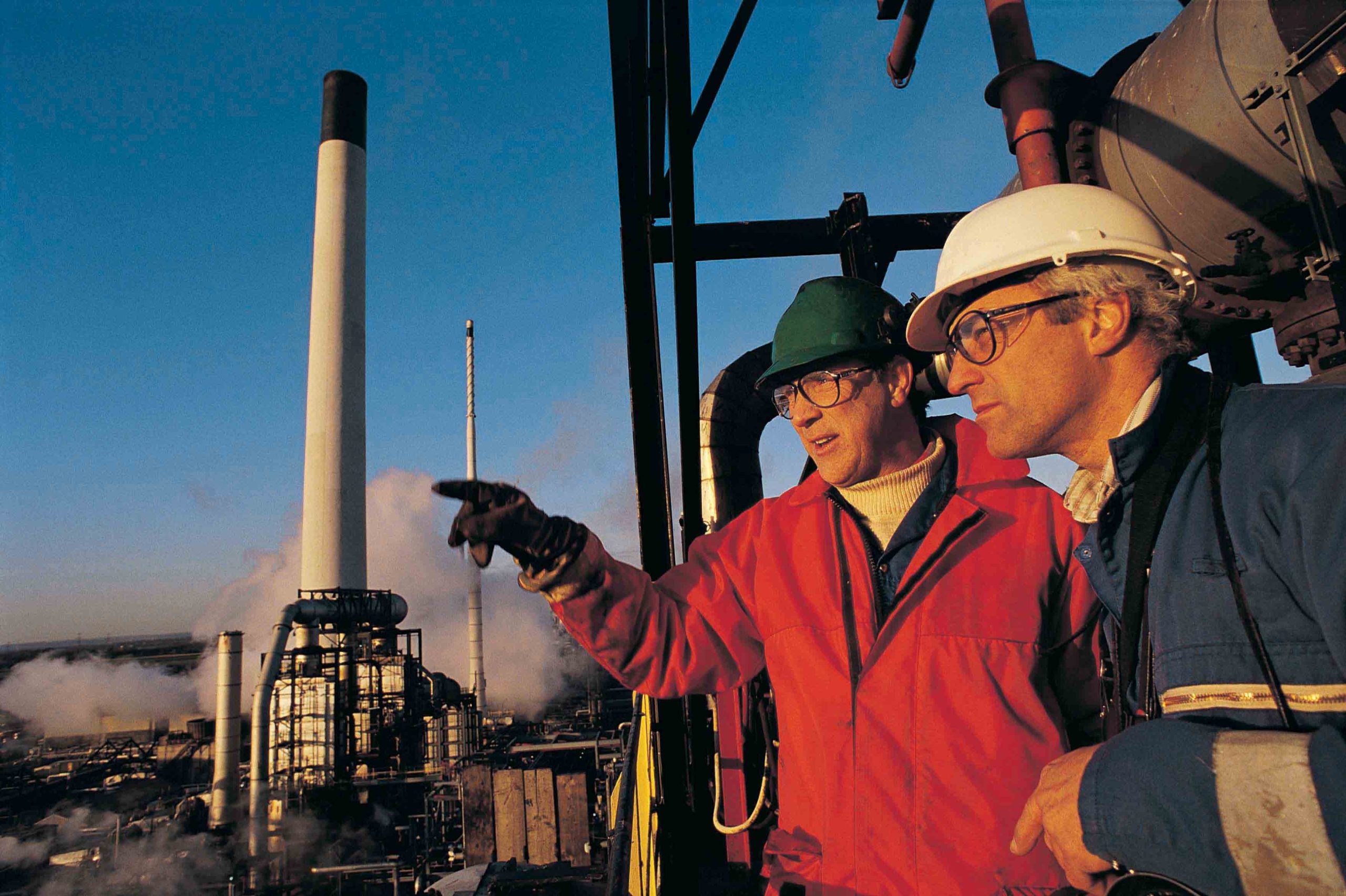SF6 gas, or sulphur hexafluoride, plays a critical role in the energy and industrial sectors, particularly in electrical insulation and high-voltage applications. But this gas, while invaluable for its insulating properties, comes with significant environmental and safety concerns. Its global warming potential is staggering—23,500 times greater than CO2 over a century—and improper handling can lead to serious health and environmental risks.
To tackle these challenges, SF6 gas management solutions are essential. This includes safe disposal, efficient recycling, and proper handling of equipment to minimise leaks. In Australia, sustainable practices are gaining traction as industries strive to mitigate SF6’s impact.
In this blog, we’ll explore why SF6 gas management is vital, delve into the best practices for its disposal and recycling, and look at alternatives that are shaping a greener future.
Why SF6 Gas Management Matters
SF6 gas management is not just a technical necessity; it’s a responsibility we owe to our environment. As a potent greenhouse gas with an atmospheric lifetime of thousands of years, SF6 significantly contributes to climate change. Every leak or improper disposal adds to this environmental toll.
Regulations around SF6 are becoming stricter globally, urging industries to adopt sustainable SF6 gas management solutions. In Australia, these guidelines align with broader waste disposal standards, such as those governing oil and gas waste disposal.
Moreover, safety is a major factor. SF6, while non-toxic under normal conditions, can displace oxygen in confined spaces, posing a risk of asphyxiation. When exposed to high temperatures, it decomposes into hazardous by-products like sulphur dioxide and hydrogen fluoride, which require careful handling to protect workers and the environment.
By integrating SF6 gas management into everyday operations, businesses can reduce emissions, comply with regulations, and safeguard their workforce.
SF6 Gas Disposal
Disposing of SF6 gas is no simple task. Improper methods can result in environmental damage, regulatory fines, and even health risks. Certified facilities play a crucial role in safely disposing of SF6, ensuring it doesn’t leak into the atmosphere or harm surrounding ecosystems. These facilities use specialised equipment and processes to neutralise or destroy SF6, providing a safe and environmentally sound way to manage this hazardous gas.
Beyond certified facilities, industries must also focus on training personnel involved in SF6 disposal. Workers need to understand how to handle SF6 cylinders properly and respond to potential leaks. Awareness of the environmental impact and compliance requirements is essential to reducing the risks associated with SF6 waste gas. Collaborative efforts across industries, regulators, and technology providers can pave the way for more streamlined and scalable disposal practices.
Challenges in Disposing of SF6 Gas
One of the main hurdles is the gas's stability—it doesn’t naturally break down. This longevity is beneficial in equipment but problematic when disposing of waste gas. Advanced technologies, like cryogenic processing or high-temperature destruction, are required to neutralise SF6 safely. These methods ensure the gas is broken down into less harmful components that can be safely disposed of or reused in other applications.
Another challenge is the infrastructure required for SF6 disposal. Many regions lack local facilities capable of handling the gas, forcing industries to rely on specialised centres that may be geographically distant. This logistical issue not only increases costs but also adds to the carbon footprint of the disposal process. Investing in more regionalised disposal facilities could address this gap and support industries in meeting their sustainability goals.
Legal and Environmental Guidelines
In Australia, strict laws govern SF6 disposal, much like those for oil and gas waste disposal. These guidelines ensure that disposal methods are environmentally friendly and minimise greenhouse gas emissions. Partnering with experts in this field ensures compliance while maintaining efficiency. Regulatory frameworks often require detailed documentation of SF6 handling and disposal to ensure transparency and accountability.
Additionally, international standards such as those established by the Kyoto Protocol and the EU's F-Gas Regulations influence local policies. These laws not only mandate proper disposal but also incentivise the reduction of SF6 use through taxes or credits. Industries that proactively adopt compliant disposal methods position themselves as leaders in sustainability, enhancing their reputation and reducing long-term risks.
SF6 Gas Recycling
Recycling SF6 gas offers a more sustainable alternative to disposal. Instead of discarding the gas, industries can reclaim, purify, and reuse it. This process not only reduces waste but also saves costs, making it a win-win solution for businesses and the planet. By integrating recycling into their operations, companies can also mitigate supply chain disruptions caused by the limited availability of virgin SF6.
Recycling also encourages the development of innovative technologies to improve efficiency. For instance, mobile recycling units allow industries to recover and purify SF6 directly at their facilities, reducing transportation needs and associated costs. By making recycling more accessible and cost-effective, such advancements can increase adoption rates across various sectors.
How SF6 Recycling Works
SF6 recycling involves recovering the gas from decommissioned equipment, purifying it through specialised filtration systems, and storing it for future use. This reduces reliance on virgin SF6, conserving resources and cutting down on greenhouse gas emissions. The process often involves removing impurities, such as moisture and by-products from decomposition, ensuring the recycled gas meets industry standards.
Moreover, recycling operations often require advanced analytics to ensure the quality of the recovered gas. Equipment such as gas chromatographs can precisely measure SF6 purity levels, guaranteeing its usability in critical applications. These innovations help industries maintain the reliability of their systems while adhering to sustainability goals.
Benefits of Recycling SF6 Gas
Aside from cost savings, recycling enhances environmental sustainability by reducing the carbon footprint associated with SF6 production and waste. High-quality reclaimed SF6 is increasingly used for various applications, ensuring industries meet their sustainability goals without compromising on performance. Recycling also supports the circular economy by reintroducing valuable materials back into the supply chain.
An additional benefit is regulatory compliance. Many jurisdictions encourage or mandate SF6 recycling as part of broader climate action plans. Companies that recycle SF6 not only avoid penalties but may also qualify for incentives. This alignment of environmental and economic interests makes recycling an attractive solution for businesses looking to achieve long-term viability.
Handling Equipment and Cylinder
The proper handling of SF6 equipment is critical to avoiding leaks and ensuring worker safety. Maintenance, transportation, and advanced detection technologies all play a role in this process. Proper protocols minimise the risk of accidents and help industries maintain the integrity of their systems, ensuring that SF6 remains safely contained.
Training is also a key component of effective equipment handling. Workers must be educated on the risks associated with SF6 and how to mitigate them during routine operations. Fostering a culture of safety and awareness allows organisations to reduce incidents and improve operational efficiency.
Maintenance of SF6 Gas Cylinder
Regular inspections and servicing are crucial to prevent leaks. Cylinders must be stored in well-ventilated areas, away from extreme temperatures, and handled with precision to avoid damage. These steps not only protect the environment but also ensure the reliability of the gas for future use.
Maintenance also extends to valve systems and seals, which are common sources of leaks. Advanced monitoring systems can detect wear and tear before they become critical, enabling preemptive repairs. Integrating these systems into maintenance routines reduces downtime and helps industries maintain compliance with environmental regulations.
Advances in Detection Technology
Modern leak detection tools make it easier to monitor equipment and prevent emissions. These technologies are part of a broader trend toward more sustainable waste oil and gas disposal solutions. Identifying leaks early aids industries in minimising their impact and avoiding costly fines.
In addition to detecting leaks, some technologies are now capable of real-time monitoring, providing continuous data on SF6 levels. This information can be integrated into broader environmental management systems, giving organisations a comprehensive view of their emissions and enabling more strategic decision-making.
Alternative Solutions to SF6
The search for SF6-free technologies is gaining momentum. Alternatives with lower Global Warming Potential (GWP), such as fluoronitrile-based gases, are being developed to replace SF6 in many applications. These innovations represent the future of SF6 gas management solutions, helping industries reduce their environmental impact without sacrificing reliability.
Furthermore, research into hybrid systems and biodegradable insulators is expanding the range of possibilities for reducing reliance on SF6. While these alternatives are not yet widely available, ongoing investment and collaboration within the industry are accelerating their development. Businesses can position themselves as pioneers in sustainable practices by staying informed and open to these advancements.
Benzoil: Enhancing Coolant Recycling Efficiency for a Greener Tomorrow
Responsible SF6 gas management is not just a compliance necessity but a critical step towards a more sustainable future. Safe disposal, efficient recycling, and exploring eco-friendly alternatives are vital measures businesses can adopt to reduce the environmental impact of this potent greenhouse gas. As industry leaders in hazardous waste management, Benzoil offers comprehensive oil and gas waste disposal solutions designed to meet both regulatory requirements and sustainability goals.
With extensive expertise and innovative approaches, Benzoil supports organisations in safely disposing of SF6, reclaiming and recycling used oil and gas, and transitioning to sustainable alternatives. By choosing Benzoil, you gain a trusted partner committed to helping you optimise your waste management practices while protecting the environment.
If you’re ready to take the next step in managing SF6 gas responsibly or have questions about our services, we’re here to help. Reach out to us via our contact form, email us at info@benzoil.com.au, or call at 0497 645 008. Let’s work together to build a cleaner, greener future—because at Benzoil, sustainability isn’t just a goal; it’s our mission.


